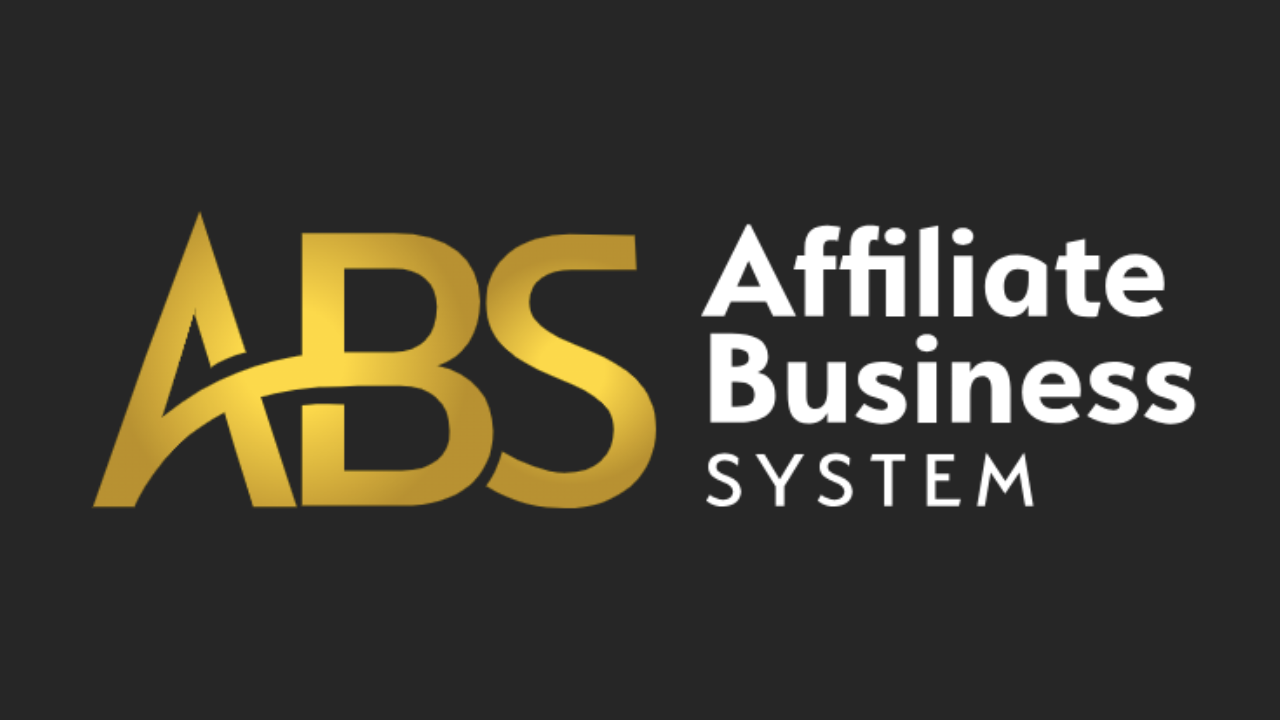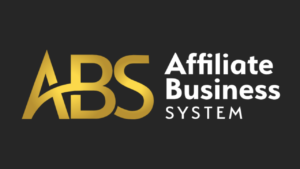In the world of business, companies use different models to reach customers. Two popular models are hub-centric and funnel-based. Both models have unique ways to attract and keep customers. Let’s explore what each model means and how they help businesses grow.
What is a Funnel-Based Business Model?
A funnel-based business model is like a funnel, with a wide top and a narrow bottom. It starts with getting the attention of a large group of people. As they go down the funnel, fewer people remain until, at the bottom, some loyal customers buy products.
Key Stages in a Funnel-Based Model
- Awareness: Businesses try to reach a big audience.
- Consideration: People start thinking about buying the product.
- Conversion: Some people make a purchase.
- Retention: The business works to keep customers.
- Advocacy: Loyal customers tell others about the product.
Pros of a Funnel-Based Model
- Clear Steps to Track: Each stage can be measured, making it easier to improve.
- Targeted Marketing: Different messages can be sent at each stage.
- Predictable Sales: Companies can estimate revenue based on how people move through the funnel.
Cons of a Funnel-Based Model
- Costly: It can be expensive to get people interested at the start.
- Linear Path: Not everyone moves in a straight line, so some may leave the funnel.
- Less Engagement: The model often focuses on making sales, not keeping customers happy.
This model works well for companies focused on making quick sales. However, as customer expectations change, the funnel-based model may have limitations. This leads us to the hub-centric model.
What is a Hub-Centric Business Model?
A hub-centric business model keeps the customer at the center of everything. Instead of following a straight line, this model creates a connected network of products, services, and support around the customer. It’s like a wheel, with the customer as the hub (center), and all the products and services as the spokes.
Key Parts of a Hub-Centric Model
- Customer-Centered: Everything is designed to make the customer happy.
- Connected Products: Products and services work together to create a complete experience.
- Feedback Loops: Customer feedback helps improve the products.
- Cross-Promotion: Different products are suggested to keep the customer engaged.
Pros of a Hub-Centric Model
- Long-Term Relationships: Customers feel connected to the brand, reducing the chance they’ll leave.
- High Customer Value: Loyal customers buy more over time.
- Flexible Paths: Each customer can have a unique journey based on their needs.
Cons of a Hub-Centric Model
- Complex Setup: Creating an ecosystem around the customer can be hard.
- More Support Needed: Businesses need to invest in helping customers stay happy.
- Harder to Measure: Tracking success is more complicated than in a funnel.
The hub-centric model works well for companies that want to build customer loyalty. It is common in businesses that offer subscriptions or online services.
Funnel vs. Hub-Centric: Which is Better?
| Feature | Funnel-Based Model | Hub-Centric Model |
|---|---|---|
| Focus | Getting sales | Keeping customers |
| Structure | Straight path | Connected network |
| Customer Interaction | Short-term | Long-term |
| Revenue | Mostly from new customers | From loyal, returning customers |
| Metrics | Conversion rates | Customer engagement and loyalty |
If a business wants quick sales, a funnel-based model is best. For building strong, long-term relationships, the hub-centric model is a better choice.
Conclusion
In the end, both models can help a business grow. Companies can pick the model that best matches their goals. For short-term growth, a funnel works well. For building a community of loyal customers, the hub-centric model is the way to go. Businesses should choose the model that helps them meet customer needs and stay successful.

